|
Our goal as coaches should be to ensure our athlete’s safety and optimal performance. One way to do so is to make sure they are physically able to reach positions required by their sport. This is the first post in a series that will explain what is required from a rower to safely and effectively move boats. What's considered healthy? Healthy individuals should be able to actively dorsiflex their ankles 40-50 degrees when their foot is in a closed chain environment (fancy language for in contact w/ the floor in this situation). This is based on shin angle in comparison to the ground. But this is a post about rowers...what do rowers need? Do they need more or less than that? What angle is needed in the boat? To maximize mechanical efficiency rowers need to be able to achieve a vertical shin position with minimal heel lift as they compress into their catch. Based on several sources, the foot-stretcher can be set anywhere between 37 to 47 degrees. The exact angle chosen is typically determined and limited by an athlete’s flexibility and technical proficiency. What are the standard angles? Based on flexibility limitations most sources agree on a similar standard recommendation of 40 to 42 degrees in the boat. However, this doesn't mean that's the correct angle for you. Your angle could land anywhere between 37-47 degrees. What about the erg? The footplate angle on a Concept 2 Rowing Machine is fixed at ~42 degrees. The feet can be lowered but this doesn't have a huge affect on ankle angle. Our recommendation Based on all of this information we are recommending that rowers aim for 40-45 degrees of dorsiflexion. This should allow athletes to safely and effectively train on the erg and in the boat. Any range below 40 degrees may cause compensations and a loss in power. Flexibility greater than 45 degrees may encourage over-compression. Is a higher angle better? Why does the angle affect the power potential? Imagine pressing off a wall in a pool. How far and fast do you propel off that wall? Now imagine that wall is tilted to 45 degrees. Now you have reduced force potential and some force is lost due to a more vertical press off the wall. The footplate angle is much the same. Force potential increases as the angle increases, but more flexibility is required for these higher angles. In the most ideal cases, we are looking for rowers who have enough symmetrical ankle mobility and foot stability to reach full compression, on a 47 degree footplate, without any technical compensations. This will produce the most horizontal force, without harming the athlete. What's next? 1) Take a moment to screen your ankles. Are they the reason you've been struggling to reach the catch? Could you become more efficient at a different foot-stretcher angle? 2) Adjust your foot-stretcher to fit you and your technical abilities. If you have ~45 degrees of ankle dorsiflexion you should be able to row comfortably on a 40-43 degree foot-stretcher. If it negatively affects your stroke, lower the angle until you can row well and comfortably. 3) Did you identify your ankles as a limitation? Spend time working on ankle flexibility. This can be relatively easy to change and may grant you a better and more powerful stroke. Does your ankle mobility match your foot-stretcher? Are you getting the most out of your athletes?
0 Comments
Leave a Reply. |
Author
Blake Gourley holds a Masters of Science in Sports Performance Training and has over 12+ years of experience working with rowers. Read more Categories
All
Archives
August 2023
|
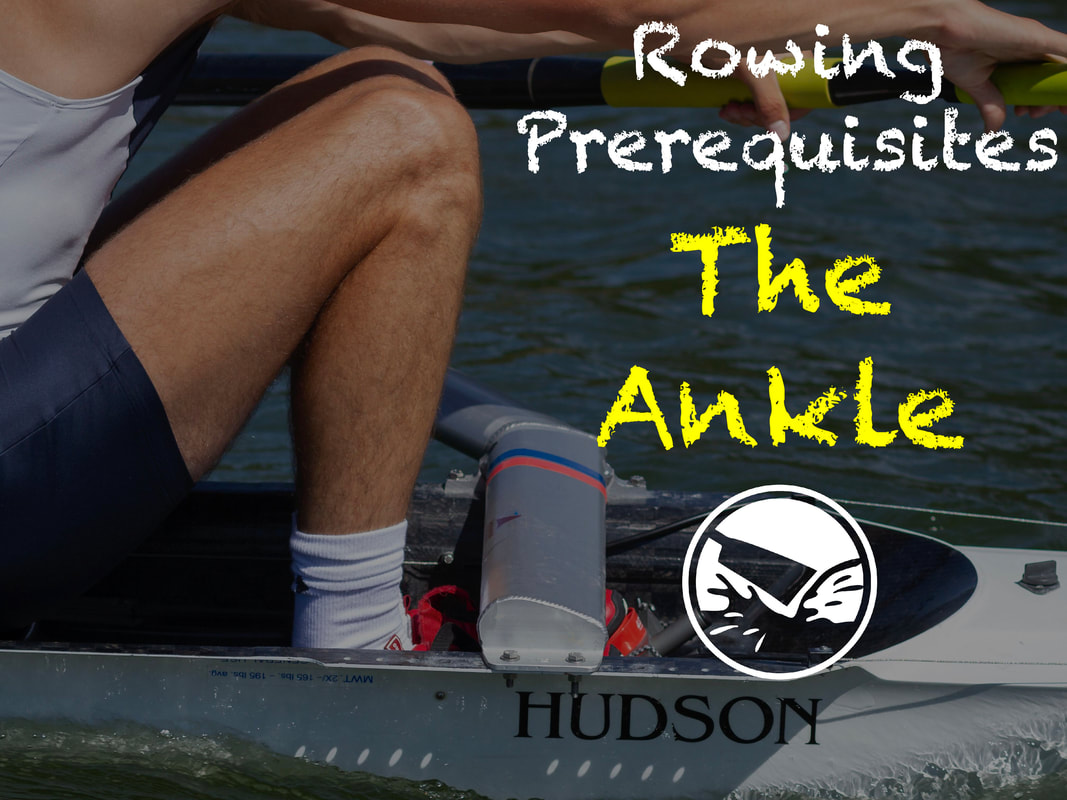

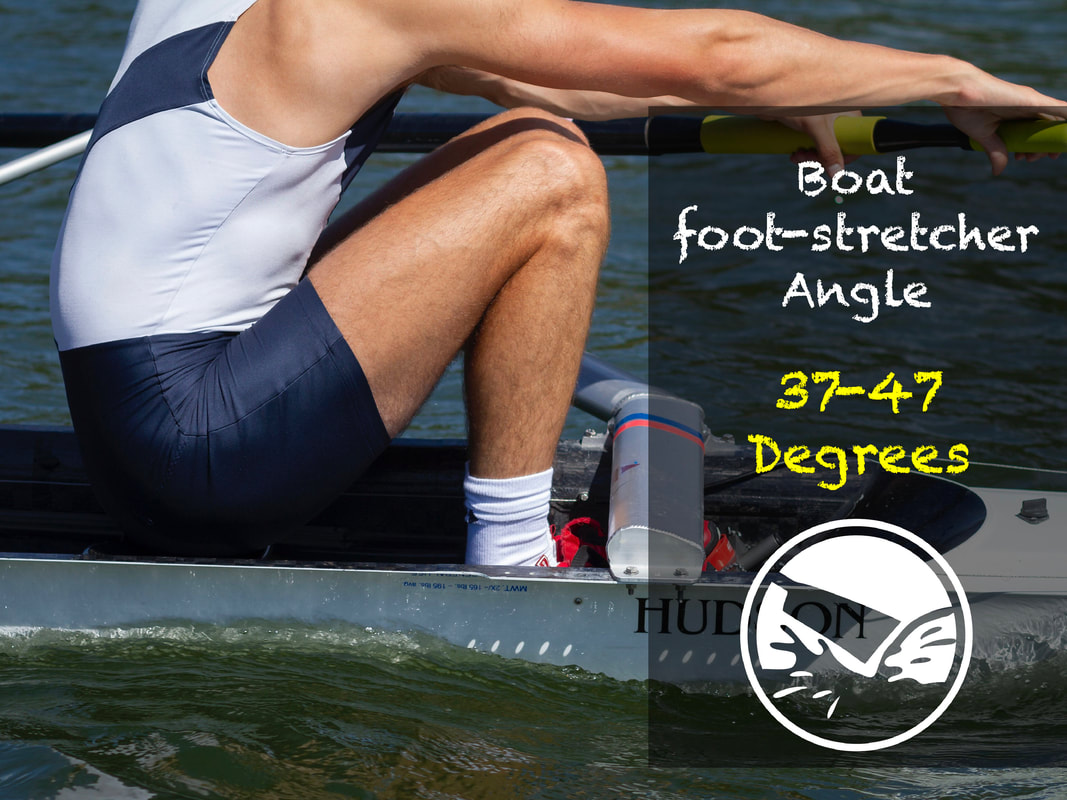
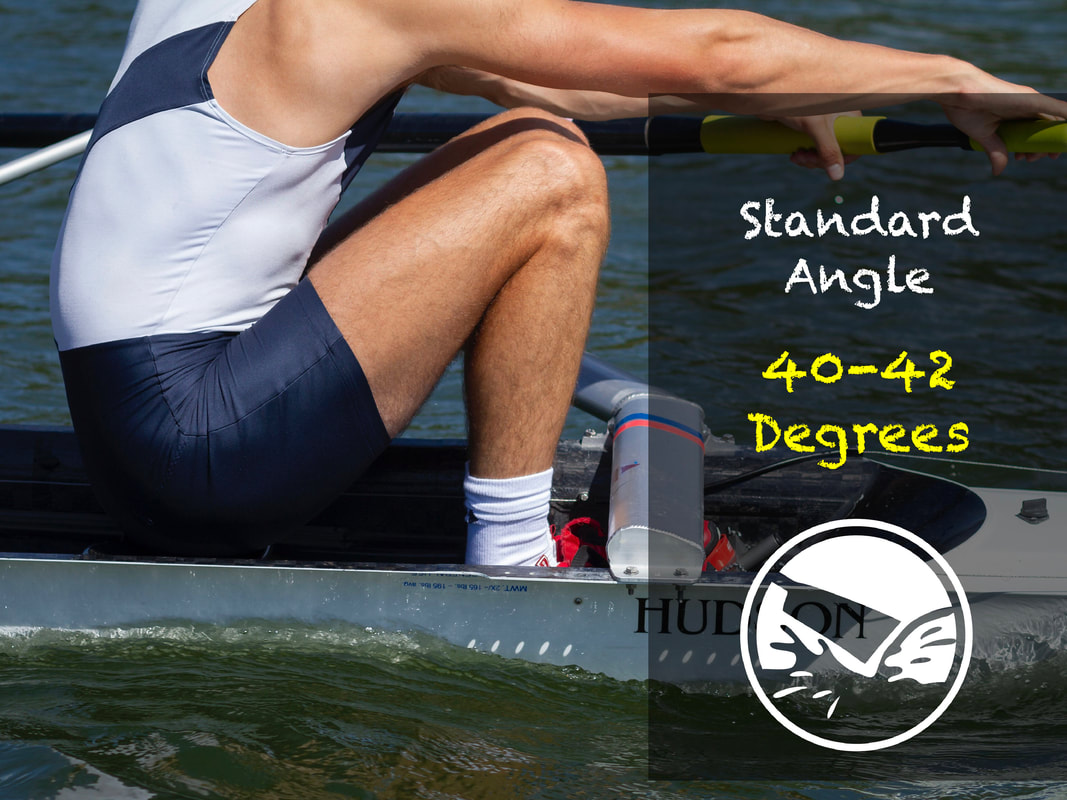
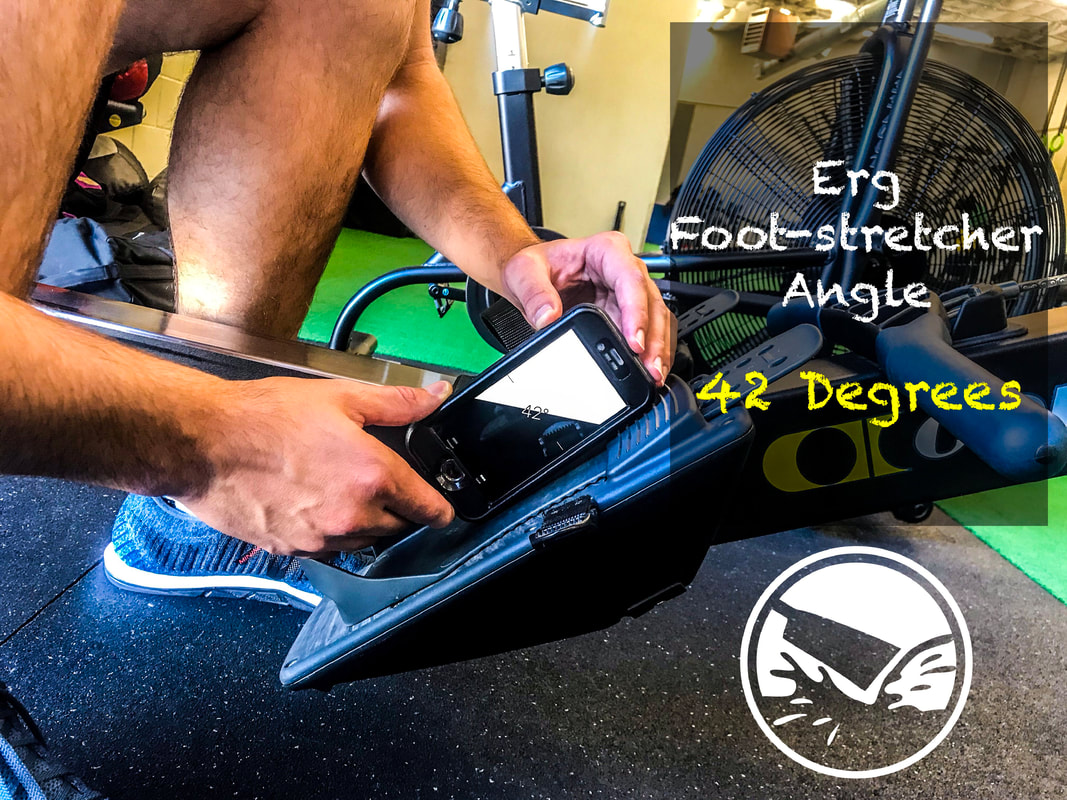


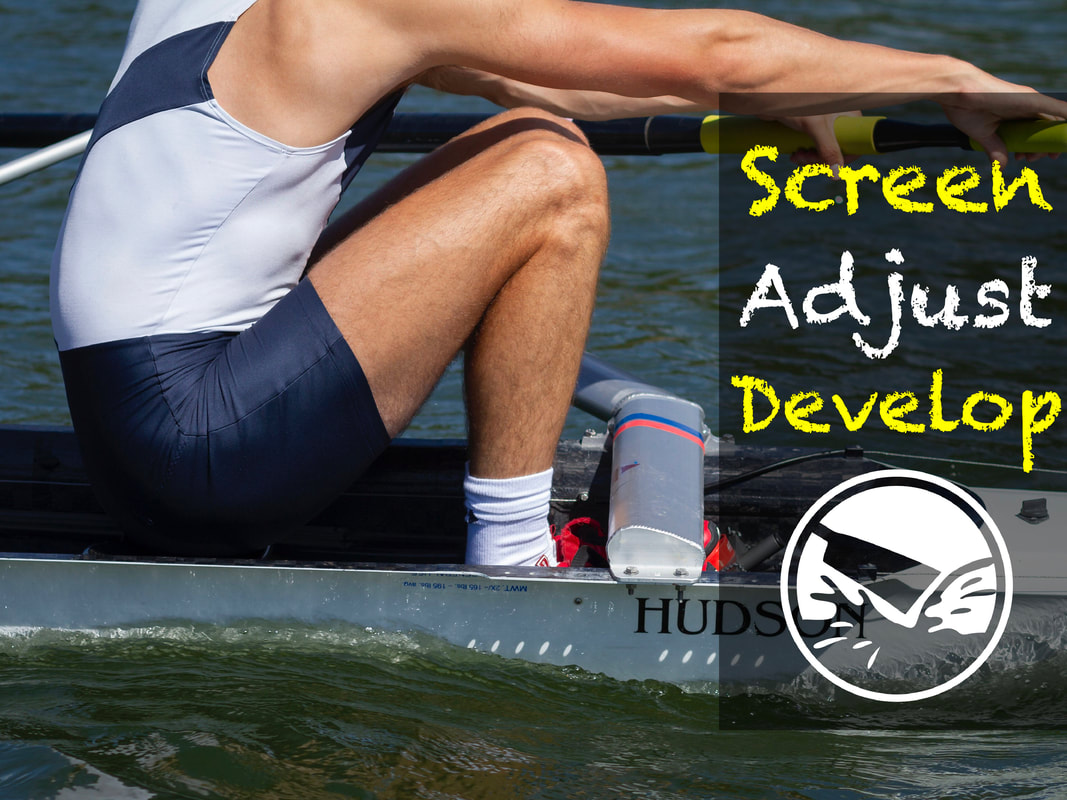
 RSS Feed
RSS Feed